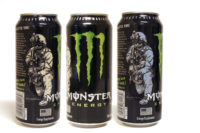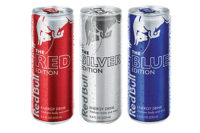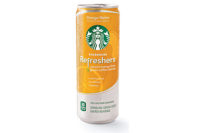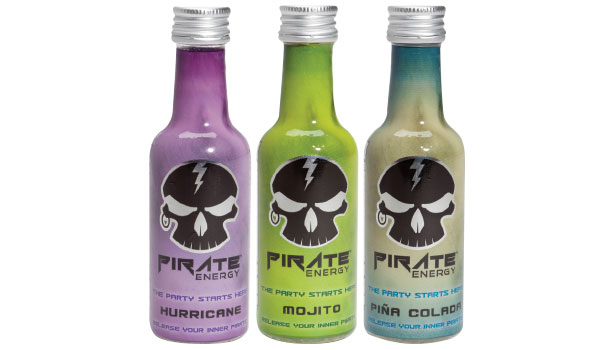2014 State of the Industry: Energy drinks
Energy drinks add function and flavor






According to Mintel, 42 percent of people who drink energy shots take them in the afternoon, and 49 percent of people who consume energy drinks also do so in the afternoon, said Jennifer Zegler, global food and drink analyst at the Chicago-based market research firm, in Beverage Industry’s August 2013 issue. However, the consumption occasion for energy drinks is changing, according to Jonas Feliciano, beverage analyst for Euromonitor International, Chicago.
When energy drinks were first introduced in the United States, they were positioned as lifestyle beverages and often were mixed with alcohol, he said in the article. In recent years, energy drink manufacturers have moved away from this positioning and grown the category in terms of flavor and function, he added.
Last year, Santa Monica, Calif.-based Red Bull North America Inc. created its first flavored energy drinks with its Editions platform, which features cranberry, lime and blueberry flavors. Other major energy drink and shot brands followed suit, with Las Vegas-based Rockstar International launching Rockstar SuperSours in Bubbleberry and Sour Apple flavors last year, and Farmington Hills, Mich.-based Living Essentials LLC releasing a limited-edition cherry version of its 5-hour Energy product this spring.
In general, energy drink flavors are becoming more sophisticated, noted Natalie Tremellen, market analyst for Innova Market Insights, the Netherlands. The use of superfruit and berry flavors, in particular, are gaining momentum, she told Beverage Industry.
Expanding from fruit flavors, Paradise Beverage LLC, a part of Austin, Texas-based Blue Matrix Labs, introduced Pirate Energy Shots in a variety of cocktail flavors. Packaged in sleek bottles with twist-on aluminum caps, the energy shots come in Margarita, Piña Colada, Mojito, Hurricane and Pirate Punch flavors.
Consumers seem to be responding positively to these flavor expansions. Corona, Calif.-based Monster Beverage Corp.’s coffee-flavored Java Monster energy drink grew nearly 12 percent in the 52 weeks ending April 20 in supermarkets, drug stores, mass market retailers, gas and convenience stores, military commissaries, and select club and dollar retail chains compared with the prior-year period, according to data from Information Resources Inc. (IRI), a Chicago-based market research firm. The company also recently released Punch Monster Baller’s Blend and Mad Dog varieties as a replacement for Dub Edition products.
Beyond flavor, energy drink brands also are experimenting with natural energy ingredients, such as coconut water and fruit juice, to offer “healthy energy,” Innova’s Tremellen said. For instance, Rockstar launched Rockstar Energy + Hydration Coconut Water Energy Drink, which is a non-carbonated energy drink made with 10 percent coconut water, she explained.
Within the energy shots segment, ingredients like kombucha and beetroot are being used for functional claims, Tremellen said. Lake Success, N.Y.-based The Hain Celestial Group, for example, launched a line of kombucha shots under its Celestial Seasonings brand with natural energy ingredients, including raw kombucha, guarana, ginseng and B vitamins to supply energy, she noted.
Sugar-free and calorie-free energy drinks and shots also are a notable trend in the category, according to experts. Monster Energy Zero Ultra, which does not contain calories or sugar, grew 150 percent during the 52 weeks ending April 20 in IRI-measured channels compared with the prior-year period.
The overall energy drink market is on a steady path for growth, according to the January 2013 “Energy Drinks and Shots in the U.S.” report from Packaged Facts, Rockville, Md. Although the market has experienced a natural slowdown in its rate of growth, this indicates that it is becoming more mature, it states.
Looking for a reprint of this article?
From high-res PDFs to custom plaques, order your copy today!








